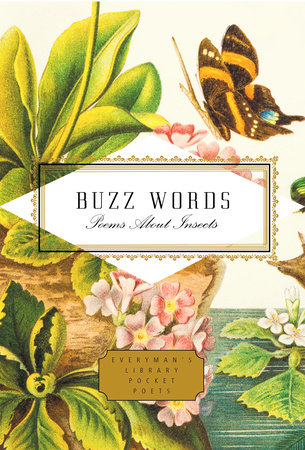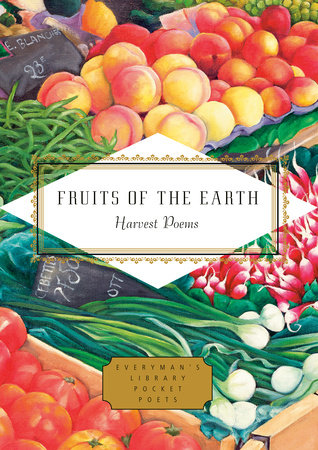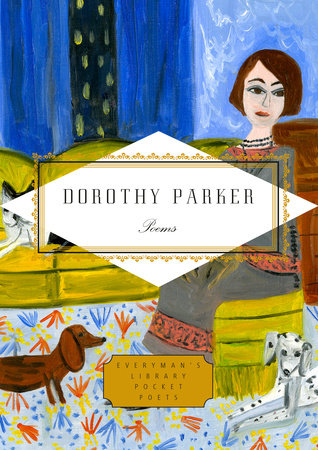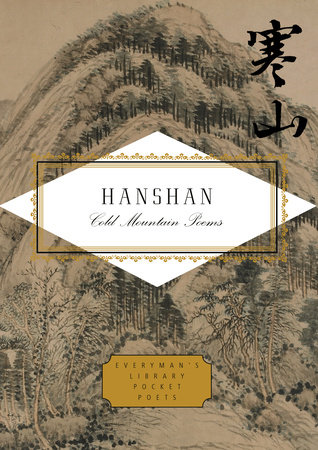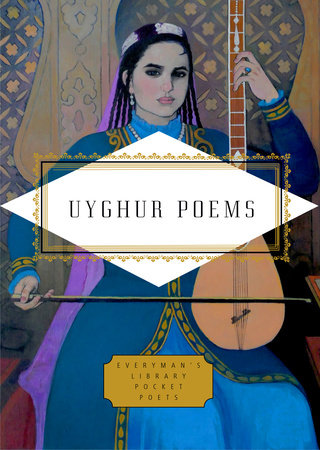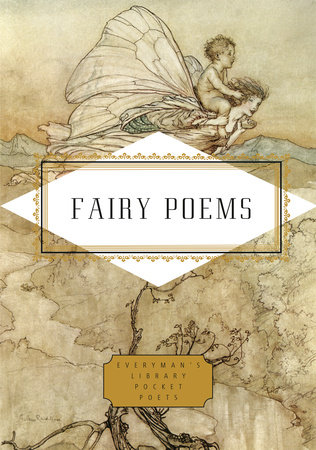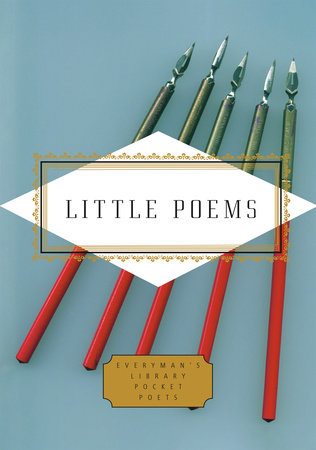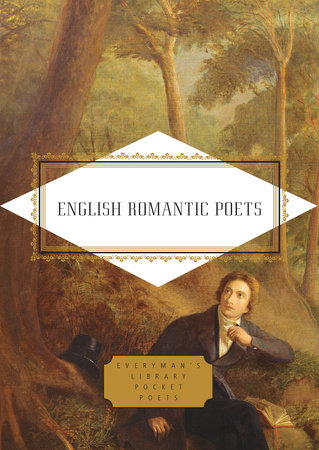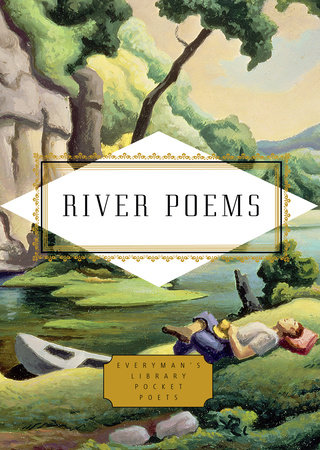Excerpt
Buzz Words
FOREWORD
Scientists estimate that, at any time, there are ten quintillion insects on the earth – or, to put the figure in more comprehensible terms, more than 200 million insects for every human being. This is a sobering statistic to contemplate for the legions who share the sentiment expressed in the Book of Leviticus: “All flying insects that creep on all fours shall be an abomination to you.” It is, however, a useful reminder of the extent to which our world is made up of such creatures. And since (to quote Edward Hirsch’s
A Poet’s Glossary), “the natural world has been one of the recurring subjects of poetry, frequently the primary one, in every age and every country,” it is no surprise that there is a rich body of verse on the creeping, scuttling, stinging things – Hexapoda, to use the proper entomological term – with which we share our planet.
That insects can serve as a suitable subject for poetry would come as no surprise to any child familiar with the various nursery rhymes about lady bugs, glowworms, and spiders (nitpickers like to point out that,strictly speaking, spiders aren’t bugs, but try telling that to Little Miss Muffet). Cultures other than our own have centuries-old traditions of insect verse. In China –where noblewomen of the Tang dynasty kept crickets in gold cages to serenade them at night – countless songs were written in praise of these “insect musicians.” The haiku masters of Japan similarly composed thousands of poems not only about crickets but also about grasshoppers, cicadas, firefl ies, dragonflies, and butterflies,along with such less prepossessing bugs as houseflies, fleas, and mosquitoes.
In the West, poems about insects date back t othe ancient Greek collection known as the Garland, compiled by the poet anthologist Meleager. In later centuries, insects feature so frequently in British works from the Elizabethan period onward that scholars have produced entire entomological studies of the literature (most notably, Pearl Faulkner Eddy’s “Insects in English Poetry,” subtitled “Bugs in Books,” a delightful forty-page survey that appeared in two successive issues of
The Scientific Monthly in 1931). Insects appear in American literature beginning with the work of Philip Freneau – aka “The Father of American Poetry”– and extending to the sequence of bee poems in Sylvia Plath’s
Ariel and up to the present moment.
Though his métier was prose, not poetry, the great French entomologist, Jean Henri Fabre, wrote so brilliantly on his subject that Victor Hugo dubbed him the “Homer of Insects” and Provençal poet Frédéric Mistral campaigned for his nomination for the 1911 Nobel Prize in literature. Addressing the reader in his 1918 book,
The Life and Love of the Insect, Fabre asks, “What is the use of this history, what the use of all this minute research?” and responds with characteristic wit and eloquence: “I well know that it will not produce a fall in the price of pepper, a rise in that of crates of rotten cabbages, or other serious events of this kind, which cause fleets to be manned and set people face to face intent upon one another’s extermination. The insect does not aim at so much glory. It confines itself to showing us life in the inexhaustible variety of its manifestations; it helps us decipher in some small measure the obscurest book of all, the book of ourselves.”
Though the poems in this volume vary widely inregard to style, tone, genre, and theme, that recognition of the insect’s significance to our lives informs them all.
--Kimiko Hahn and Harold Schechter


